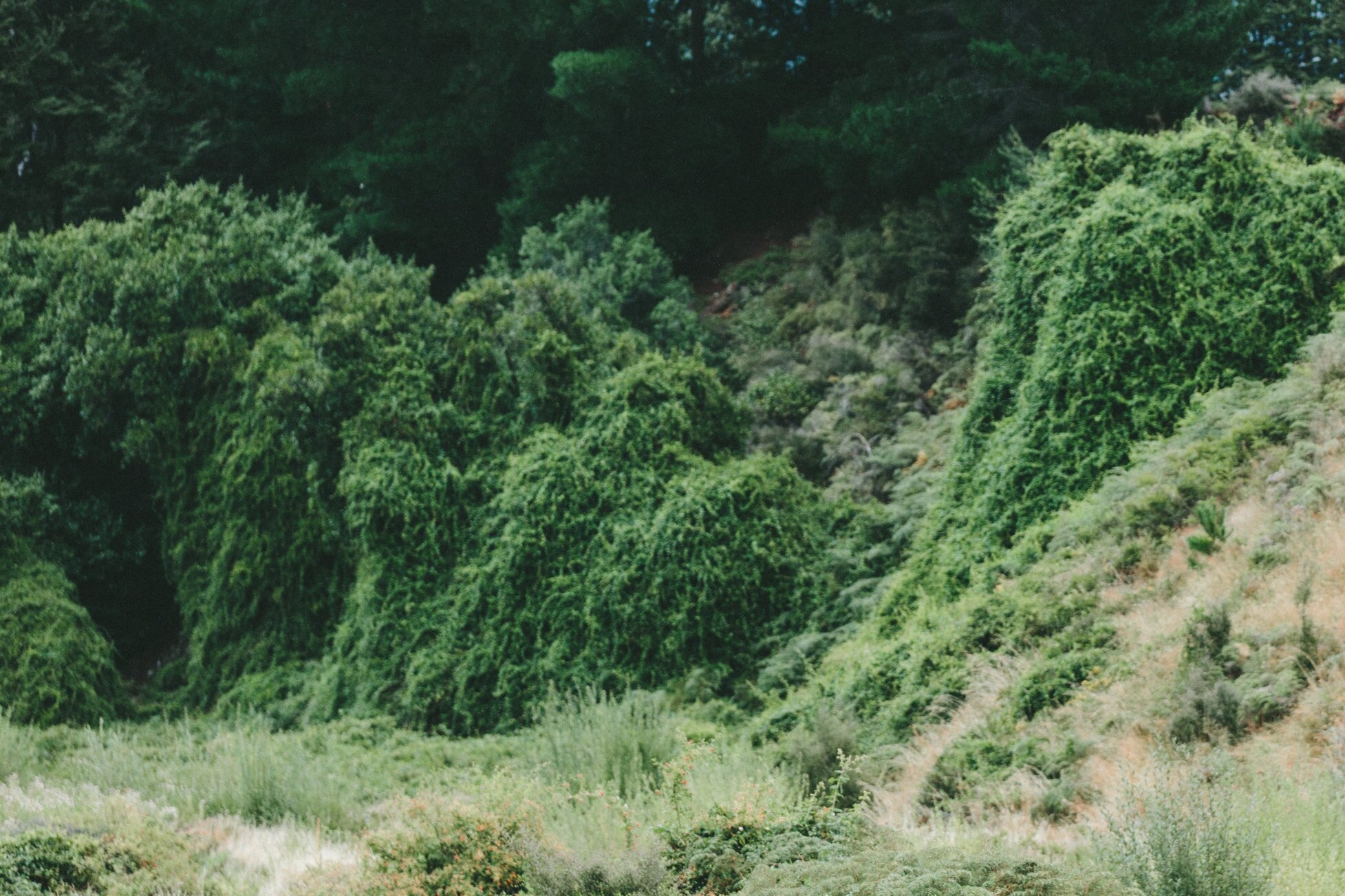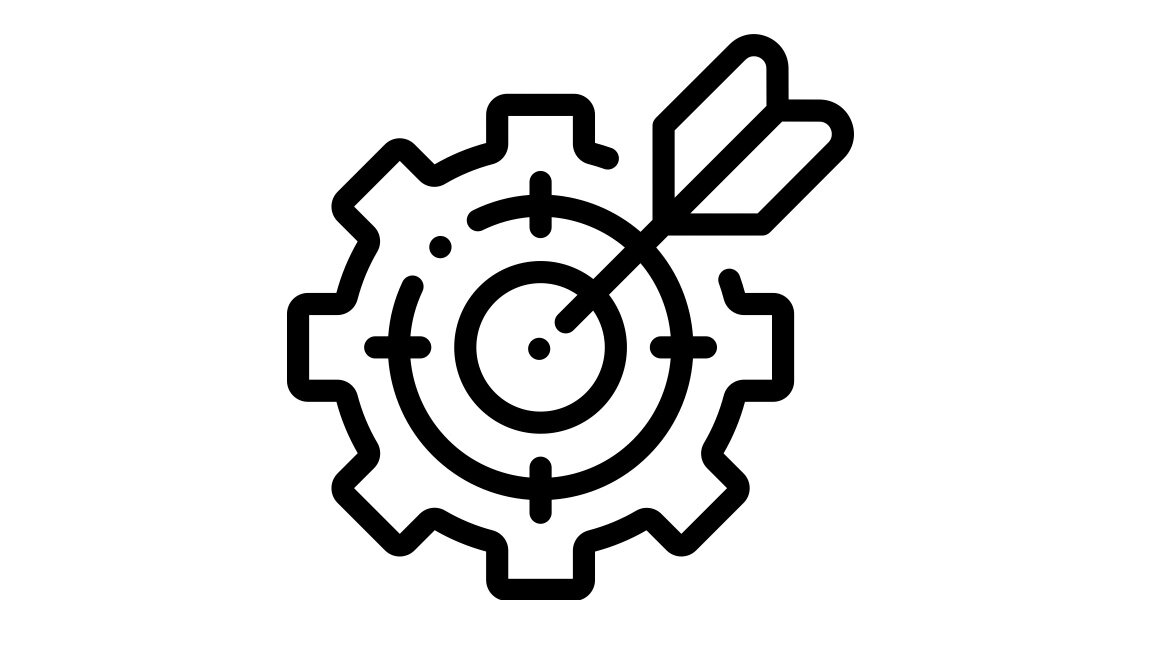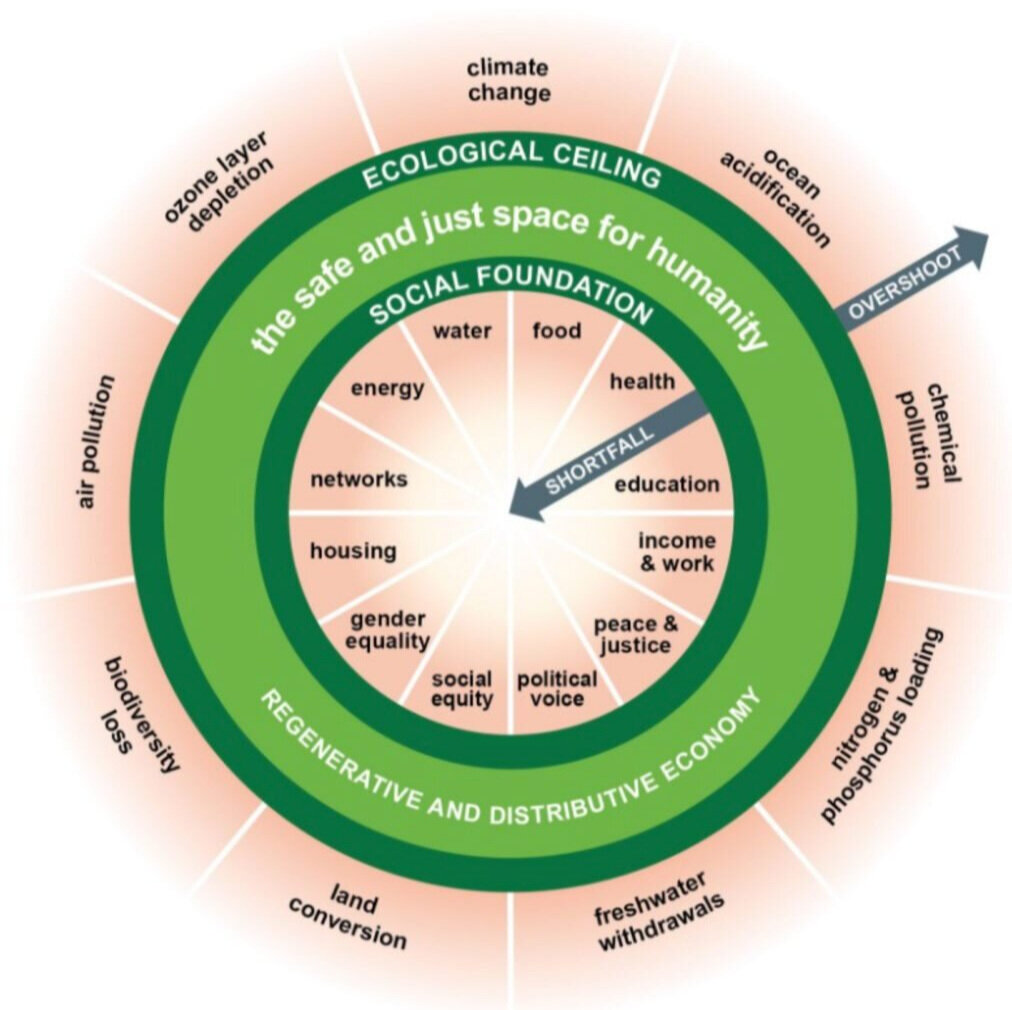
Get Circular.
Want to learn what the circular economy means for you, and what it has to offer?
We help identify hidden circular opportunities, and create new value for your city, company, or community.
Start your own circular innovation journey with us.
The circular economy is a $4.5 trillion-dollar opportunity, based on one simple question.
How do we change our business-as-usual: where we waste resources, destroy ecosystems, and throw away all the hard-earned value we created in the first place?
We want to help you ‘get circular‘ - figure out what it means, how it works, and why it provides better value for you.
Linear business-as-usual risks.
Resource scarcity, waste and pollution
We are currently using more than triple the resources we used in 1970 – more than the Earth can regenerate each year. Less than 10% of these materials are reused. This increases business and supply chain risks, destroys value, and creates harmful waste and pollution.
At the same time, we are depleting our global carbon budget which would limit global warming to 2°C. This leaves us less than 25 years to achieve a carbon net-zero economy.
Many countries, cities and companies have committed themselves to net-zero by 2050, for example in the European Green Deal and others. But how many of us are truly prepared for this transition?
Climate, societal and business risks
We have less than ten years to keep global warming under 1.5° or even 2°C. Our system risks tipping points endangering our health, livelihoods, food security, water supply, and economic growth. Half of all GHG emissions come from extracting and processing resources for food, fuel and materials.
Sustainable development gaps
The global challenges we face today relate to poverty, inequality, environmental degradation and peace and justice. For example, almost 700 million people go hungry, and about two billion people are undernourished - while another two billion people are overweight or obese. Yet we still manage to waste three billion tons of food every year.
Our services: how we can help you get circular.
Sustainability vision and innovation strategy.
What are my linear business risks? What are circular innovation strategies for cities or companies?
We help our partners define their goals, develop their circular strategy, and decide on next steps – no matter where they are on their circularity journey.
Circular value opportunities and (business) models.
What are missed circular business or other opportunities? How to design a system to capture this value?
We design and co-create innovation workshops and circular business model for different stakeholders, requirements, and knowledge levels.
Collaborative ecosystems and stakeholder integration.
How to make my value chain circular? Who are my partners and stakeholders to co-create a circular ecosystem, and how to engage with them?
We support our partners in developing networks where relevant stakeholders meet, collaborate, and learn from each other.
Start your own innovation journey, and learn from others.
What successful circular business and city examples are already out there? How to ensure and measure sustainable development?
We provide policy research, circular case studies, and circular capacity building: interactive courses for universities and learning institutions, and hands-on trainings and workshops for practitioners.

When your outputs become your inputs - that’s a Circular Economy.
The linear economy is based on the take-make-use-lose model.
We take (extract) resources to make (manufacture) a product; we then use (consume) the product once or perhaps a few times, and lose (dispose) it once we trash it, where it enters a landfill or is burned. All the utility, material value, labor, energy and resources that went into that product are lost forever.
But in natural ecosystems, waste does not exist. Any ‘output’ - a leaf that falls from a tree - becomes a valuable input for another organism: valuable nutrients for a beetle, an earthworm, or the soil.
In a Circular Economy, waste = food.

How the Circular Economy creates value.
The Circular Economy is redistributive and regenerative by design.
1. Redesign to eliminate waste and pollution
What if waste and pollution were never created in the first place?
2. Reuse products and materials
What if we could build an economy that uses things rather than using them up?
3. Regenerate natural ecosystems
What if we could not only protect but also actively improve the environment?

“Corporate interest in forging ‘circular advantage’ is growing fast, and companies leading the pack have adopted a niche set of circular economy techniques such as: aiming for zero-waste manufacturing; selling services instead of products (such as computer printing services instead of printers); and recovering their own-brand goods - ranging from tractors to laptops - for refurbishment and resale.”
— Kate Raworth, Oxford economist and author of Doughnut Economics
What is the value of circular innovation?
For your company.
More profit opportunities
New business services
Lower costs, volatility and supply risks
Closer customer relationships
Ready for regulatory developments
For your city.
More disposable household income
Better local services
More citizen interaction
Less waste
Better health
For your local economy.
Economic growth and development
Material cost savings
Job creation
Entrepreneurship
Innovation and new opportunities
For your community.
Less pollution and GHG emissions
Less material consumption
Land productivity + soil health
Higher resilience and flexibility
Local trust and shared value chains
Keeping value as high as possible for as long as possible.
A just and safe space for humanity within planetary boundaries.
The Sustainable Development Goals
Collaborating to create more value for all by 2030.
The future is circular.
For cities. For companies.
For communities. For citizens.












